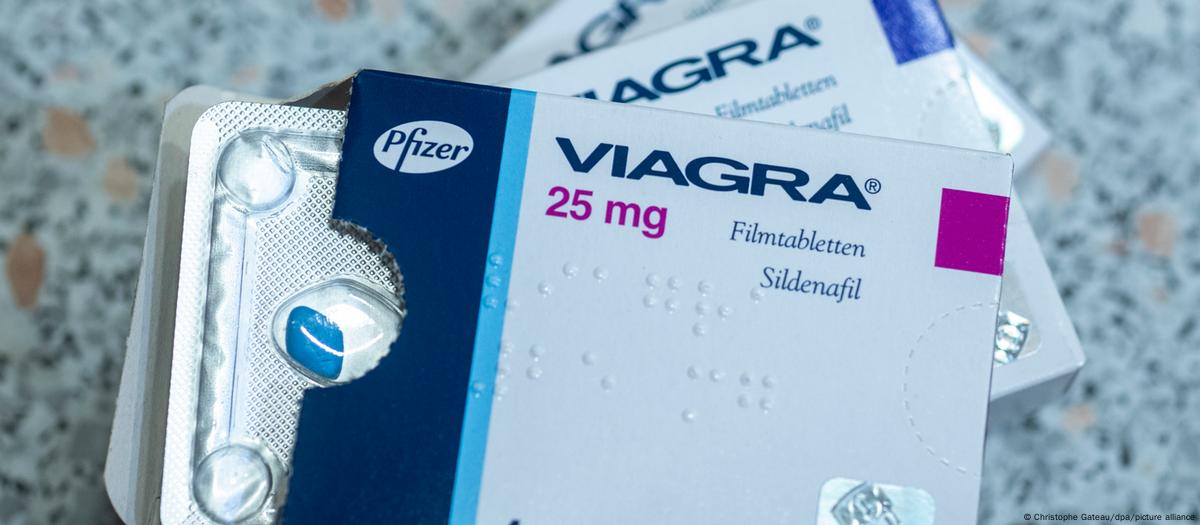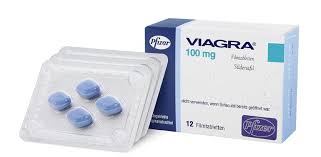
Eliquis: Understanding Its Role in Anticoagulation Therapy
Eliquis, also known by its generic name Apixaban, is an important anticoagulant medication used primarily to reduce the risk of stroke and blood clots in patients with certain heart conditions. This article will provide an in-depth look at how Eliquis works, its benefits, potential side effects, and essential considerations for patients. For more detailed information on purchasing Eliquis directly, you can visit Eliquis https://farmakeioorama.gr/agoraste-eliquis-se-apeytheias-syndesi-choris-syntagi/.
What is Eliquis?
Eliquis is an oral anticoagulant that belongs to a class of drugs known as factor Xa inhibitors. It was approved by the FDA in 2012 and has since become a staple in the management of various cardiovascular issues. Eliquis works by inhibiting the factor Xa enzyme, which plays a crucial role in the blood coagulation process. By reducing the ability of the blood to clot, Eliquis helps to prevent conditions such as deep vein thrombosis (DVT), pulmonary embolism (PE), and stroke associated with atrial fibrillation.
Uses of Eliquis
Eliquis is commonly prescribed for several medical conditions, including:
- Atrial Fibrillation: Patients with this heart rhythm disorder are at a higher risk of stroke due to the formation of clots. Eliquis helps reduce this risk.
- Post-Operative DVT Prevention: Patients who have undergone hip or knee replacement surgeries often receive Eliquis to prevent DVT.
- Treatment of DVT and PE: Eliquis is also used to treat existing blood clots in the veins or lungs.
Benefits of Eliquis
The primary benefit of Eliquis lies in its effectiveness at preventing blood clots and related complications. Some of the key advantages include:

- Lower Risk of Stroke: By effectively managing blood clot risks, Eliquis significantly lowers the chances of stroke in patients with atrial fibrillation.
- Fewer Dietary Restrictions: Unlike older anticoagulants such as warfarin, Eliquis does not require strict dietary monitoring, making it easier for patients to manage their treatment.
- Rapid Onset of Action: Eliquis can quickly achieve its anticoagulant effect compared to other anticoagulants, which is crucial in acute settings.
Dosage and Administration
The dosage of Eliquis is typically determined based on the specific condition being treated, the patient’s age, weight, and renal function. Commonly prescribed doses are:
- Dosing for Atrial Fibrillation: Usually 5 mg taken twice daily; in certain cases, the dose may be adjusted to 2.5 mg.
- DVT and PE Treatment: A standard initial dose of 10 mg twice daily for the first seven days, followed by 5 mg twice daily.
Patients should adhere strictly to the dosing schedule prescribed by their healthcare provider to ensure optimal efficacy and minimize risks.
Potential Side Effects
Like any medication, Eliquis can cause side effects. While many are mild, some may be serious. Common side effects include:
- Bleeding complications, which can manifest as unusual bruising, nosebleeds, or bloody urine/stool.
- Nausea and gastrointestinal discomfort.
- Fatigue and dizziness.
In rare cases, Eliquis can lead to severe bleeding, which may require medical attention. It’s vital for patients to report any unusual symptoms to their healthcare provider promptly.
Precautions and Contraindications

Before starting Eliquis, patients should inform their healthcare provider about:
- Any previous bleeding disorders.
- Current medications, as interactions with other drugs can elevate bleeding risk.
- History of liver disease or severe kidney impairment.
Women who are pregnant or breastfeeding should discuss the risks with their doctor, as Eliquis can pose potential risks to the fetus or nursing infant.
Monitoring and Follow-Up
Although Eliquis does not require routine blood monitoring like warfarin, regular follow-up appointments with a healthcare provider are essential. Monitoring kidney function and discussing any side effects can help manage therapy effectively and ensure patient safety.
Conclusion
Eliquis represents a significant advancement in anticoagulant therapy, providing effective prevention of blood clot-related complications with a favorable safety profile. By understanding its uses, benefits, and potential side effects, patients can work collaboratively with their healthcare providers to optimize their treatment plans. Always follow medical advice and report any concerning symptoms to maintain safety while on Eliquis.